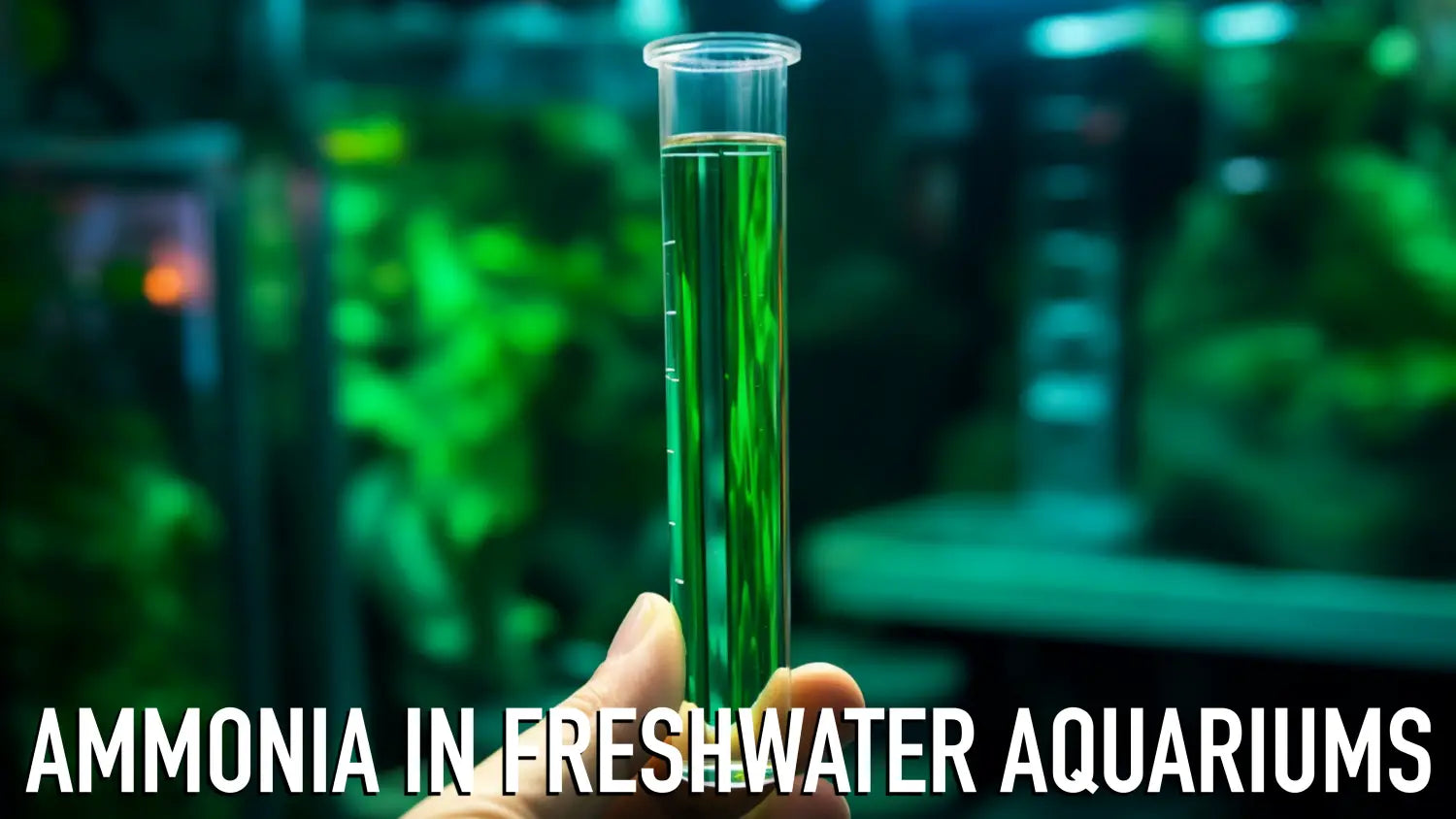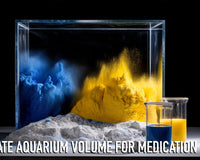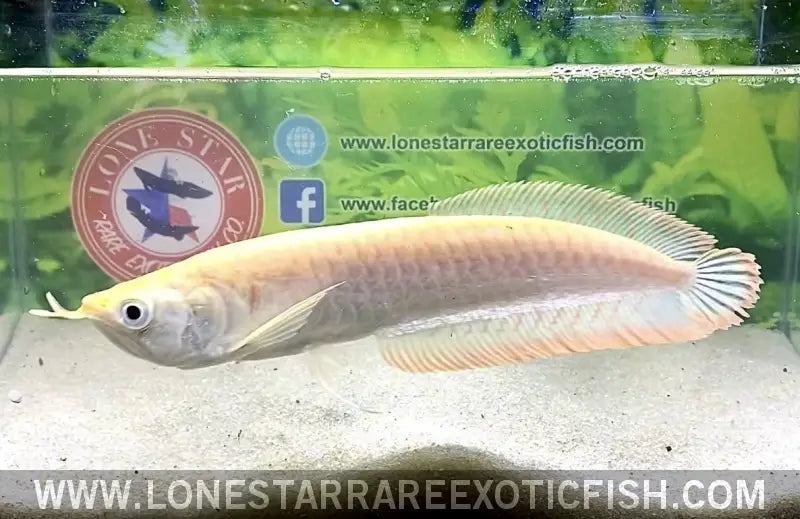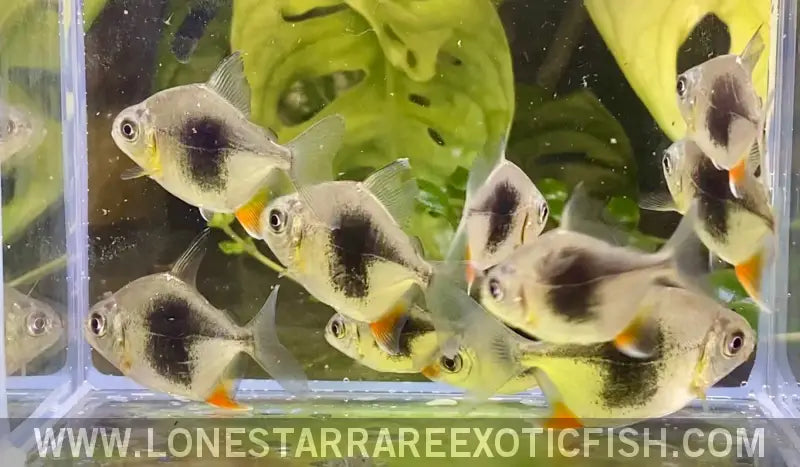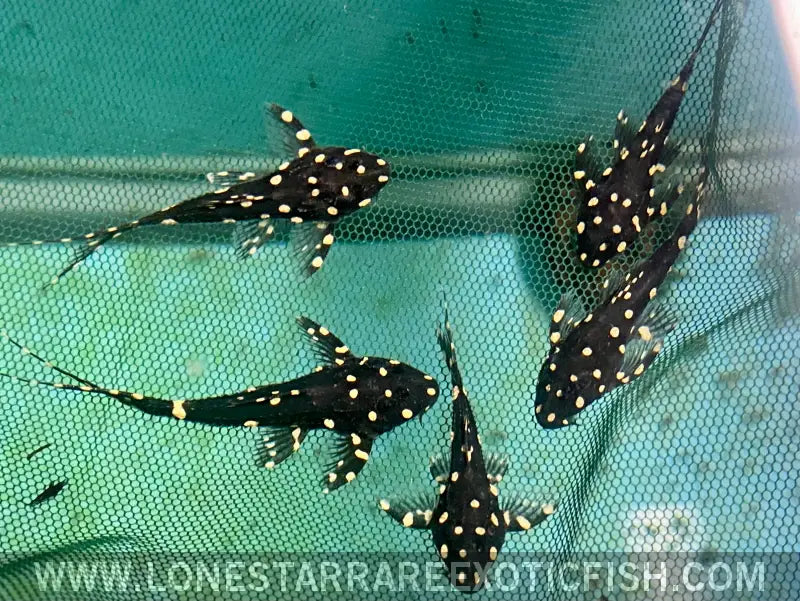When diving into the world of aquarium keeping, enthusiasts quickly recognize the term "ammonia" as a pivotal topic of discussion. This seemingly simple compound carries profound implications for the health and balance of freshwater ecosystems. To ensure the wellbeing of aquatic inhabitants, it is crucial to understand ammonia's origins, its impact, and methods of control.
The Origins of Ammonia in Aquariums
- Fish Waste: One of the primary sources of ammonia in an aquarium is the excretion from fish. Through their gills and solid waste, fish release ammonia directly into the water.
- Decomposition: Dead plants, uneaten food, and deceased fish, if left unchecked, can decompose, releasing ammonia into the water column.
- Tap Water: In some regions, tap water may contain chloramine, a compound that can dissociate to release ammonia when introduced to the aquarium.
Ammonia’s Effects on Fish
Ammonia is a toxic substance, and even at low concentrations, its presence can spell trouble for fish:
- Physical Distress: Symptoms of ammonia poisoning include gasping for air at the water's surface, lethargy, loss of appetite, and erratic swimming.
- Gill Damage: Ammonia primarily affects the gills, leading to hyperplasia and hemorrhage, making it difficult for fish to respire efficiently.
- Lowered Immunity: Chronic exposure can suppress the fish's immune system, making them susceptible to diseases.
- Mortality: High concentrations of ammonia can be lethal, leading to significant fish loss if not addressed promptly.
Monitoring Ammonia Levels
- Test Kits: Regular testing with aquarium-specific ammonia test kits can help aquarists keep an eye on the levels. These kits typically use a color-changing reagent that indicates ammonia concentration.
- Observation: Keeping a close eye on fish behavior can give early warnings of rising ammonia levels.
Managing and Controlling Ammonia
- Regular Water Changes: Replacing 20-30% of the aquarium water with dechlorinated freshwater every week can dilute ammonia concentrations.
- Efficient Filtration: Biological filters cultivate beneficial bacteria that participate in the nitrogen cycle, converting ammonia into less toxic compounds.
- Avoid Overfeeding: Overfeeding leads to uneaten food, which decomposes and releases ammonia. It's crucial to provide only as much food as fish can consume in a few minutes.
- Maintain a Stable Population: A sudden surge in fish population can spike ammonia production. Introduce new fish gradually and ensure the tank is not overcrowded.
- Live Plants: Certain aquatic plants, such as hornwort and duckweed, can absorb and utilize ammonia, providing a natural control mechanism.
- Ammonia Binders: Commercial products can temporarily bind ammonia, rendering it non-toxic. These are useful in emergencies but shouldn't replace regular management practices.
The Role of the Nitrogen Cycle in Ammonia Management
The nitrogen cycle plays a pivotal role in natural ammonia management. Beneficial bacteria, primarily Nitrosomonas and Nitrobacter, convert ammonia to nitrites and then to nitrates. This transformation makes the compounds less toxic, allowing plants and certain bacteria to utilize them. Cycling a new aquarium to establish these bacterial colonies is crucial to ensure long-term ammonia control.
Conclusion
Ammonia, despite its seemingly simple chemical nature, plays a complex role in freshwater aquariums. Its management requires a blend of proactive measures, regular monitoring, and a deep understanding of the aquarium's biological processes. With careful attention and informed practices, aquarists can ensure their aquatic habitats remain vibrant, healthy, and ammonia-free.

